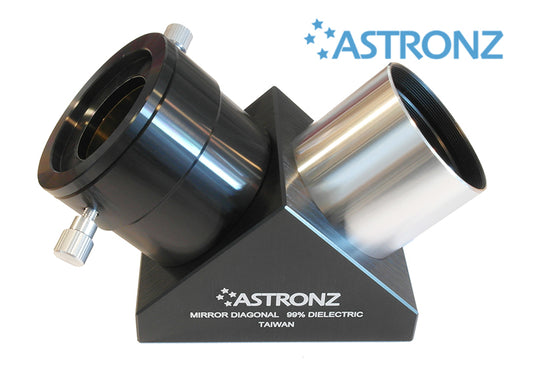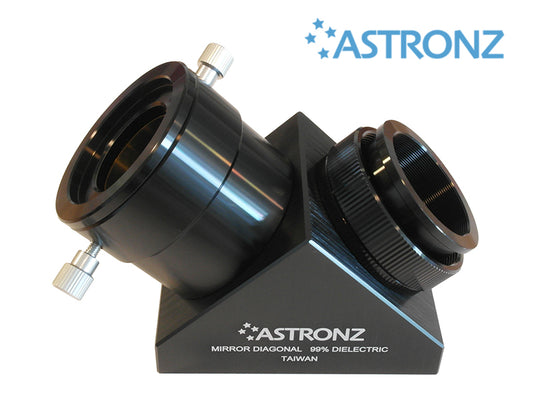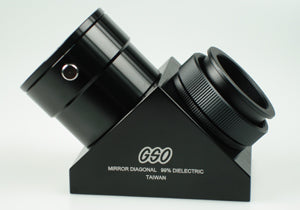-
Quartz Diagonal 2"
Vendor:GSORegular price $289.00Regular priceUnit price per -
Quartz Diagonal 2" SCT
Vendor:GSORegular price $289.00Regular priceUnit price per -
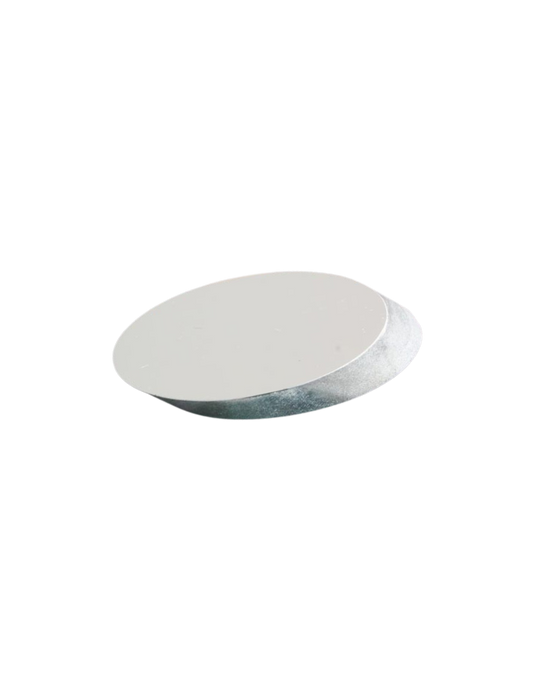 Sold out
Sold outSecondary Mirror
Vendor:AstronzRegular price From $89.00Regular priceUnit price per -
Mirror Diagonal 2" SCT BK7
Vendor:GSORegular price $269.00Regular priceUnit price per -
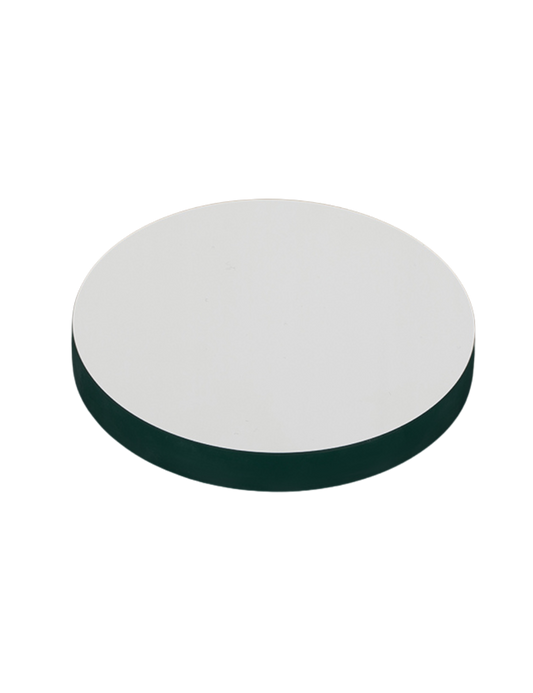 Sold out
Sold outParabolic Mirror
Vendor:AstronzRegular price $215.00Regular priceUnit price per

